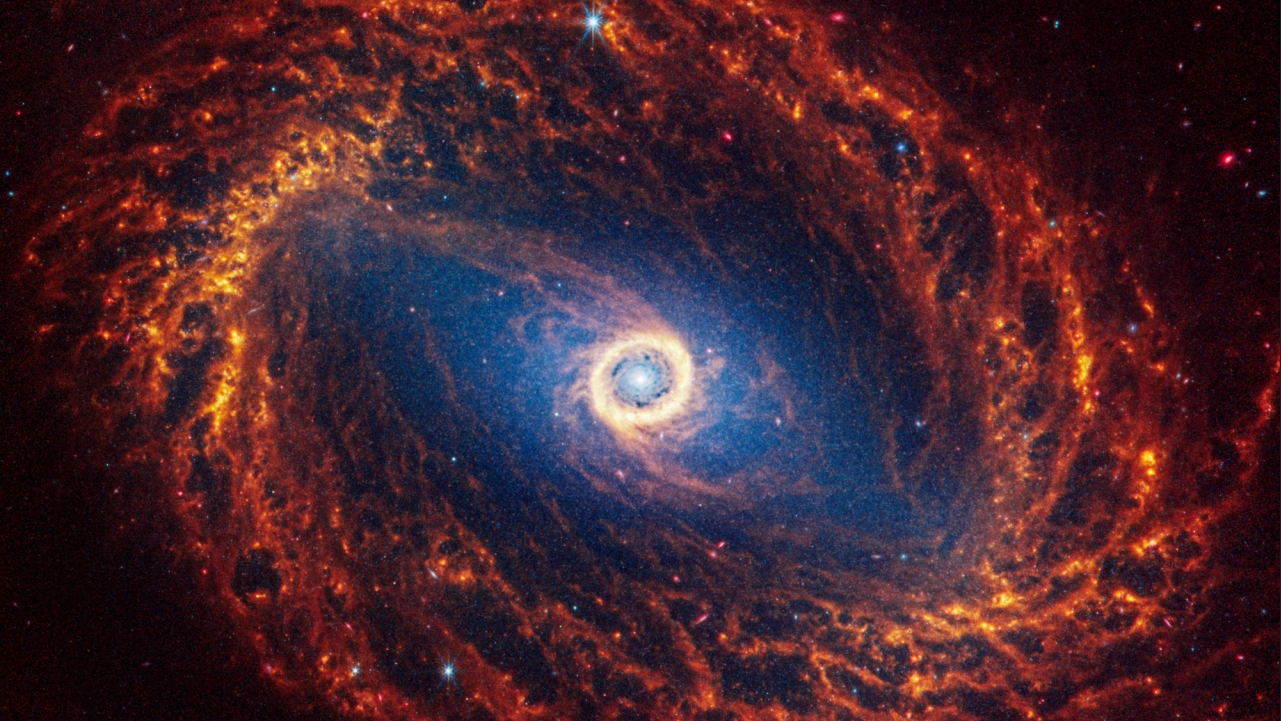NASA’s Webb Space Telescope Captures Stunning Images of 19 Spiral Galaxies
A new set of remarkable images released by NASA has provided an unprecedented glimpse into the structure and evolution of 19 spiral galaxies relatively close to the Milky Way. These breathtaking images were taken by the Webb Space Telescope and reveal not only the galaxies themselves, but also the process of stars formation within them.
The images, released on January 29, were captured by a team of scientists working on the Physics of High Angular Resolution of Nearby Galaxies (PHANGS) project at several major observatories. The nearest of the 19 galaxies, named NGC 5068, is approximately 15 million light years away from Earth, while the farthest galaxy, NGC 1365, is about 60 million light years away.
The James Webb Space Telescope, set to be launched in 2021, will use infrared light to observe the universe and is expected to start collecting data in 2022. The stunning images it has captured have already reshaped scientists’ understanding of the early universe and provided valuable insights into the process of star formation.
“These data are crucial to understanding how stars in the galaxy begin their lives,” said astronomer Thomas Williams of the University of Oxford, who leads the team processing the image data. The observations reveal approximately 100,000 star clusters and millions or even billions of stars, providing new insights into the earliest stages of star formation.
The images also allow scientists to resolve, for the first time, the structure of the clouds of dust and gas from which stars and planets form. “These new observations provide details visible in galaxies beyond the Large and Small Magellanic Clouds, which are believed to be galactic satellites of the massive Milky Way Galaxy,” said Williams.
The release of these extraordinary images comes as a major milestone in the field of astronomy and has sparked excitement among the scientific community. The James Webb Space Telescope’s ability to capture such detailed images of distant galaxies has opened up new avenues for exploration and discovery, providing a deeper understanding of the vast and mysterious universe.
As the world eagerly awaits the launch of the James Webb Space Telescope and the wealth of knowledge it is set to uncover, these stunning images stand as a testament to the incredible technological advancements and the unyielding curiosity of humanity to unravel the secrets of the cosmos.
